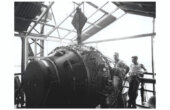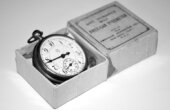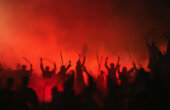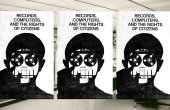How the Agendas of Elites Influenced the Design of the Red Cross Registration System
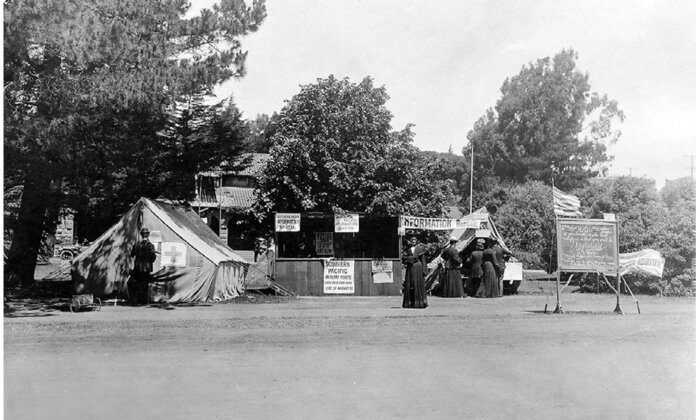
On April 18, 1906, a magnitude 8.0 earthquake shook buildings in San Francisco to the ground, breaking many of the pipes that carried water and gas in the city. Fires that started as a result of the earthquake raged for four days, leaving approximately half the city’s population homeless and destroying at least two-thirds of the built-up area, including the business district.
Because the earthquake and fire destroyed so much of the city, thousands of people scattered all over the Bay Area, and each person’s social geography shifted. Friends, family, and places of work were suddenly in different places. For people who did not own land, this relocation was possibly permanent. People updated each other with their new locations by telegram, if the telegraph was working, or mail, if they knew where to send the letters. Displaced people registered with newspapers and other groups to update people with their new location.
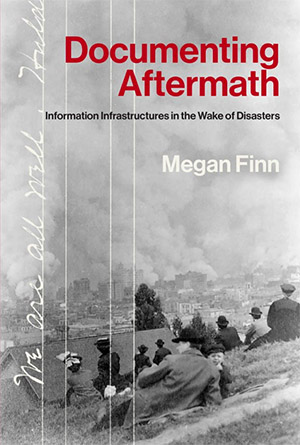
Once the first week after the earthquake had passed, notices about registering became less about the registration of people for the purposes of locating one another, and more about how to register for the purpose of receiving relief or unemployment benefits. This second wave of registration bureaus was not ad hoc or following the well-understood conventions of newspapers personal advertisements; it was designed.
In addition, while the first set of registration bureaus focused on connecting people, the next set concentrated on making people legible in order to distribute resources. While the registration bureaus for locating people were run by institutions that were highly visible to earthquake publics (such as newspaper companies), institutions already involved in bringing people together (such as fraternal organizations), or institutions seen as officially trying to help (such as the registration bureau at the police headquarters), the registration for food was run by an organization not involved in the day-to-day lives of most aid recipients before the earthquake.
A last goal of this vast registration system was to reduce what the Red Cross perceived as “waste” in the system — that is, people receiving more than their fair share. This was accomplished by doing almost the opposite of what was initially discussed.
The registration bureaus for notifying and locating others relied on individuals coming to the bureaus, whereas the registration process for distributing food had volunteers canvassing refugee camps. Starting as early as April 25, 1906, San Francisco newspapers reported on the development of a food distribution system run by the Red Cross Society. Some of the ideas behind the organization of the food distribution and corresponding registration system were to locate distribution centers in the appropriate locations, avoid having any substation serve more than a thousand people in order to avoid long lines, and ensure that the stations had enough food — at least this was the system initially advertised in the newspapers. Another stated purpose of the Red Cross registration system was to “furnish general statistical information of the progress of relief,” according to an article in the San Francisco Bulletin.
A last goal of this vast registration system was to reduce what the Red Cross perceived as “waste” in the system — that is, people receiving more than their fair share. This was accomplished by doing almost the opposite of what was initially discussed. It centralized the relief effort so that there were fewer distribution stations, resulting in more people waiting in line. Even as people waited in line, though, they were counted.
The first Red Cross registration was designed by Edward Devine, who was sent to represent the Red Cross on the San Francisco Relief Committee, and Carl Copping Plehn, a professor of commerce at the University of California at Berkeley. As described by historians Marian Moser Jones and Andrea Rees Davies, Devine was working from precedent; he had analyzed the Chicago relief program following the fire of 1871. Devine, an academic and secretary of the New York Charity Organization Society, was ready to apply the lessons in “scientific charity” and paternalistic antipauperization he had learned from Chicago to the situation in San Francisco. After the Chicago fire, relief workers devised a system whereby the city was divided up and cases registered. Centralizing registration was an effective way to systematize relief work and identify those who needed aid versus the impostors; this system would be imitated in San Francisco.
Plehn had experience working on the census in California as the supervisor of the first district, which included San Francisco, Alameda, and Contra Costa Counties. The 1890 census in San Francisco was “universally condemned” as “instances of careless work were so numerous that they excited no comment except disgust.” Newspapers cited several challenges in population enumeration: counting homeless people was difficult when the census was done by going door to door; people living in boardinghouses and other temporary residences were ignored; migrant workers were out working during the summer months; and many wealthy people were out of town for work and leisure during the summer months when the census was conducted. After the debacle of the 1890 census, Plehn was determined that his enumerators would find every single San Francisco inhabitant and each would be counted. Plehn described in a newspaper article how his census enumerators doggedly tracked down every single San Franciscan, calling in the police when they thought it would help their case.
Devine, an analyst of charity work, and Plehn, an experienced supervisor of the census in San Francisco, collaborated to run the registration department in the Red Cross. Yet in his later writings, Devine gave Plehn much of the credit for design implementation. Their goal was to design “the complete system of registration now organized in connection with the issuing of supplies.” They describe the registration system in a five-page typed document called “The Plan for Registration,” which was later reproduced in briefer form in the Red Cross Bulletin.
“The few lazy imposters [sic] will be speedily detected and dealt with separately. Assume every one to be entitled to relief until clearly proven unworthy.”
The document begins with a straightforward explanation of the goal of registration: “The purpose: In order to unify the meods [sic] of relief, to regulate the issue of food, to keep a record of the work done at the various Relief Stations, and to facilitate the centralization of the relief work, it is necessary to enroll all applicants in a general register.” The idea was to divide the city into different districts, each with identical procedures managed by a “Central Registration Bureau of the National Red Cross.” Each family would get a registration card, which would be filled out “by an executive official at the Station” or “a canvasser of the Associated Charities.” The information on the registration card would have to be verified with a “visit to the place where the applicant” was living to prevent duplication of registration.
The final registration guide appeared in the Red Cross Bulletin: “More than nine out of every ten of the applicants will be self-supporting in a few weeks. The few lazy imposters [sic] will be speedily detected and dealt with separately. Assume every one to be entitled to relief until clearly proven unworthy.” This reminder appeared many times in instructions to relief workers and is indicative of an attitude that people should be able to pull themselves up by their bootstraps in short order. These ideas of the “worthy” and “unworthy” poor were baked into the system for accounting for people, shaping how the earthquake publics came to both understand and experience who was deserving of help. The agendas of elites such as Devine and Plehn influenced how the earthquake publics in need of aid were represented in the design of these registration systems.
Megan Finn is Assistant Professor in the Information School at the University of Washington, Seattle and author of “Documenting Aftermath,” from which this article is adapted.
